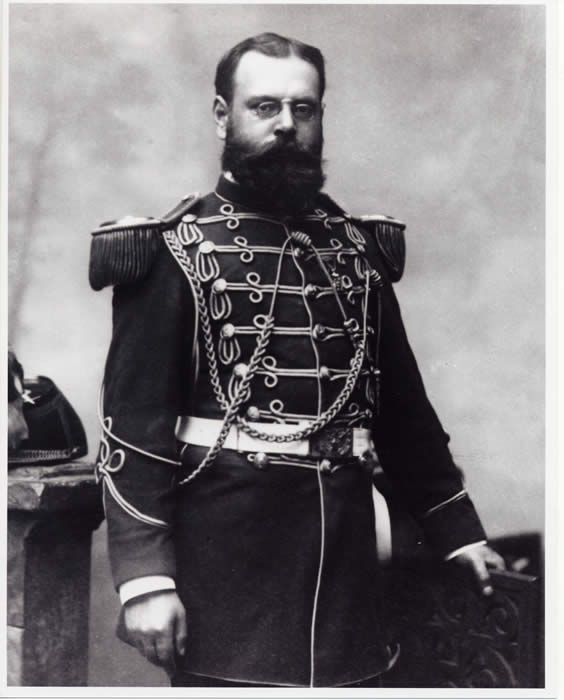Late 20th Century Music was an extension of the Early 20th Century. Lasting from 1950 to 2000, things such as films scores, music technology, genres, and music experimentation became more popular.
 Film scoring originally started in 1914 with The Oz Film Manufacturing Company sending their scores to Louis F. Gottschalk for their films, but didn't become widely popular until the 1950's. Scores beginning with Alex North's music for the play, A Streetcar Named Desire and Leonard Bernstein's music for the film, On the Waterfront. Since then, new advances in music and music technology expanded film scoring and it is on of the most profitable and popular businesses in Hollywood today.
Film scoring originally started in 1914 with The Oz Film Manufacturing Company sending their scores to Louis F. Gottschalk for their films, but didn't become widely popular until the 1950's. Scores beginning with Alex North's music for the play, A Streetcar Named Desire and Leonard Bernstein's music for the film, On the Waterfront. Since then, new advances in music and music technology expanded film scoring and it is on of the most profitable and popular businesses in Hollywood today.Music technology was a key factor in advances for music. Multi-tracking, sound effects, and new ways of recording tracks are a just a few of the many new advances. An evolution from vinyl recorded were compact cassette tapes. The word cassette is French meaning "little box." Cassettes contain magnetic tape which is read by the wheels in the tape player.
 Philips was the first company to successfully make the first compact cassette tape in 1962. The only bad side to the cassette tape was that it did not have as good of quality as an 8-Track tape until the late 1970's. The compact cassette continued to improve in quality until the invention of the Compact Disc, or CD.
Philips was the first company to successfully make the first compact cassette tape in 1962. The only bad side to the cassette tape was that it did not have as good of quality as an 8-Track tape until the late 1970's. The compact cassette continued to improve in quality until the invention of the Compact Disc, or CD.  The compact disc project began with Philips in 1970 with work on what was called the ALP (audio long play), an audio disc similar to vinyl records but with the use of lasers. The name "Compact Disc" was decided as the name to help sales with in mind of the success of the compact cassette. Philips' had a plan to have the CD be a 11.5cm diameter disc, but that idea had to be changed when their partner, Sony, insisted that the disc must hold all of Beethoven's 9th Symphony. The final CD product was released in 1980 and was 12 cm in diameter. After CD's, things such as the MP3 player, the Zune, and the Apple iPod were invented in the 2000's.
The compact disc project began with Philips in 1970 with work on what was called the ALP (audio long play), an audio disc similar to vinyl records but with the use of lasers. The name "Compact Disc" was decided as the name to help sales with in mind of the success of the compact cassette. Philips' had a plan to have the CD be a 11.5cm diameter disc, but that idea had to be changed when their partner, Sony, insisted that the disc must hold all of Beethoven's 9th Symphony. The final CD product was released in 1980 and was 12 cm in diameter. After CD's, things such as the MP3 player, the Zune, and the Apple iPod were invented in the 2000's. Not only did new advances in music technology lead a great change in music culture, distinctions in types of music became popular. Music genres were created to distinct one type of music from another by their sounds, rhythms, and time periods. Genres such as Jazz, Funk, Pop, Rock, Classical, Blues, Rhythm and Blues, Country, Punk, Metal, Acoustic, Reggie, and Alternative Rock are just some of the many music genres. Experimentation was also a big part in classifying these genres. Bands such as the Beatles, who experimented with asymmetrical patterns;
 The Beach Boys, who experimented with close vocal harmonies; Black Sabbath, who experimented with tuning down their guitars and using horror-inspired lyrics; and Led Zeppelin,
The Beach Boys, who experimented with close vocal harmonies; Black Sabbath, who experimented with tuning down their guitars and using horror-inspired lyrics; and Led Zeppelin, who experimented with heavy guitar sounds and blues-rock styles. All of these bands lead a great movement of a new kind of music along with instrumental composers such as Aaron Copeland, who experimented with a new feel of instrumental music, and John Williams, who experimented with film scoring and soundtracks.
who experimented with heavy guitar sounds and blues-rock styles. All of these bands lead a great movement of a new kind of music along with instrumental composers such as Aaron Copeland, who experimented with a new feel of instrumental music, and John Williams, who experimented with film scoring and soundtracks.The Late 20th Century was the beginning of a new freedom of musical experimentation and new music technology. The music is different from the time periods before it in so many ways, that it's hard to describe them all. Music in this time period lead a movement that is a major part of our entertainment world today.











